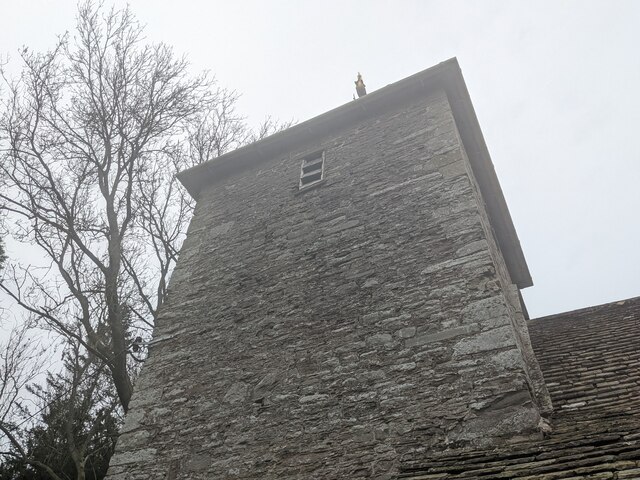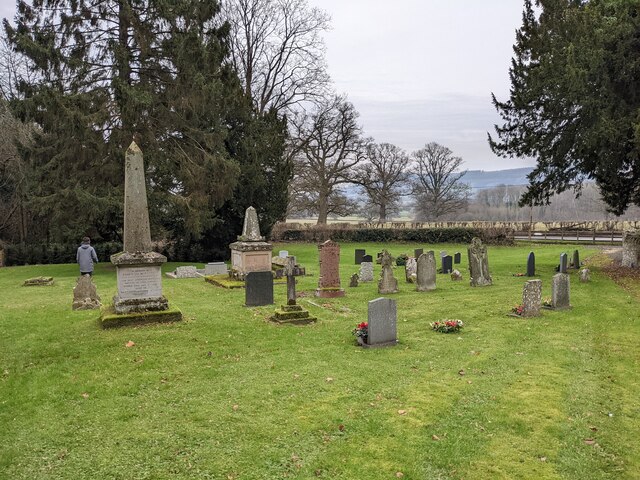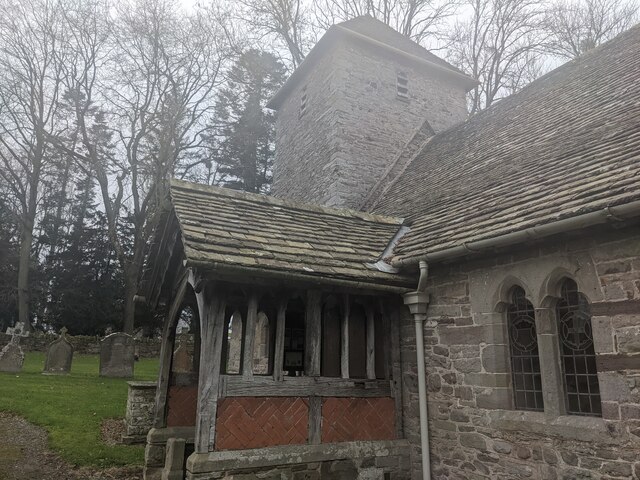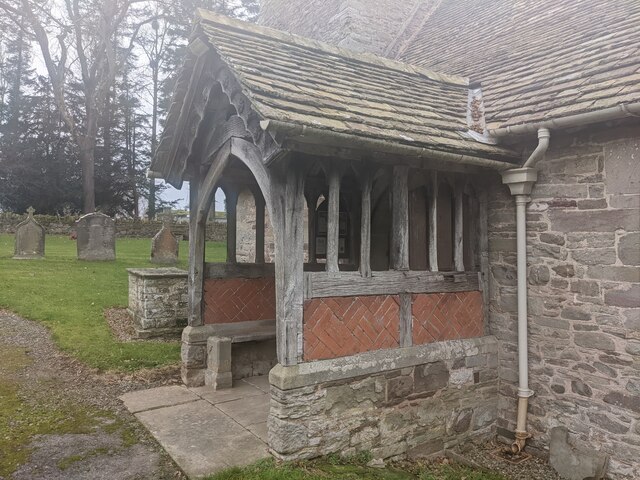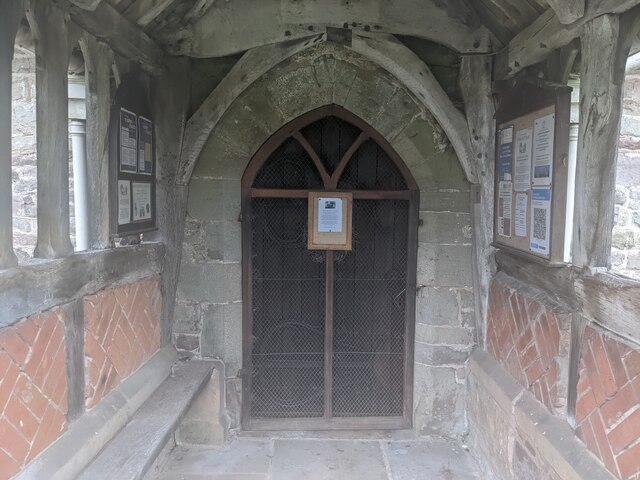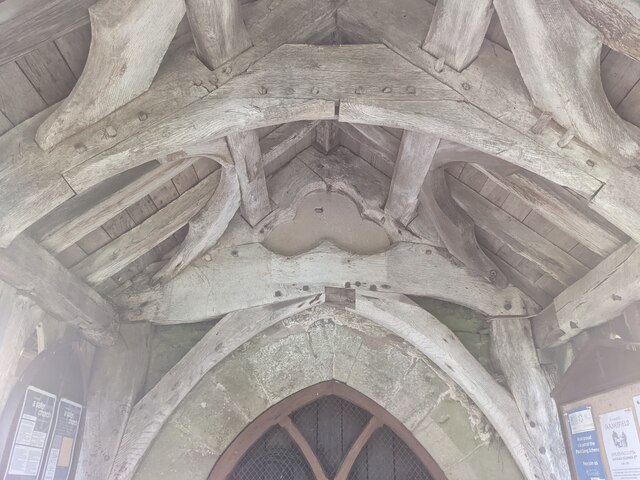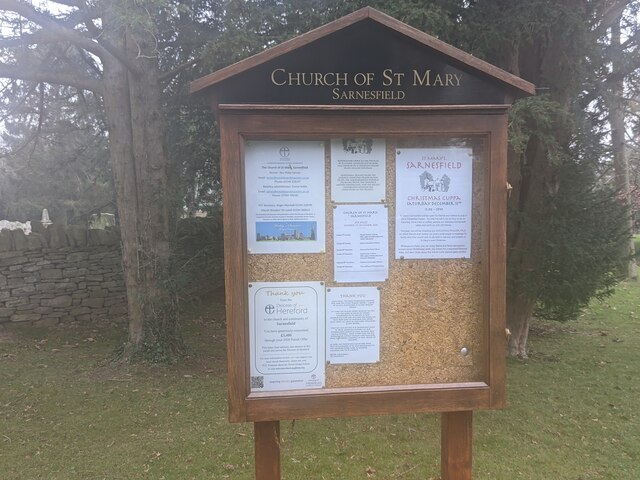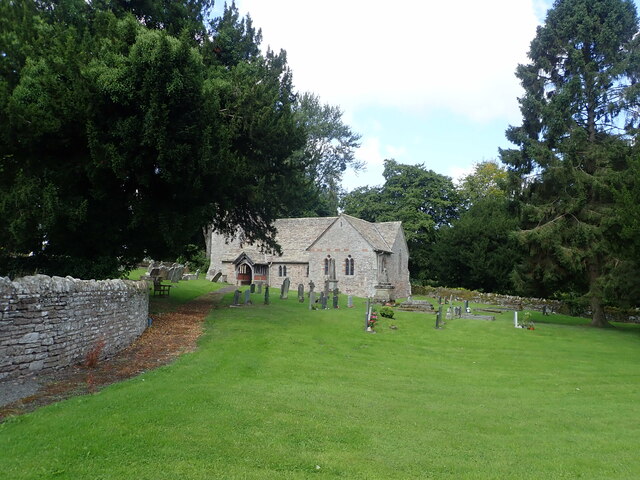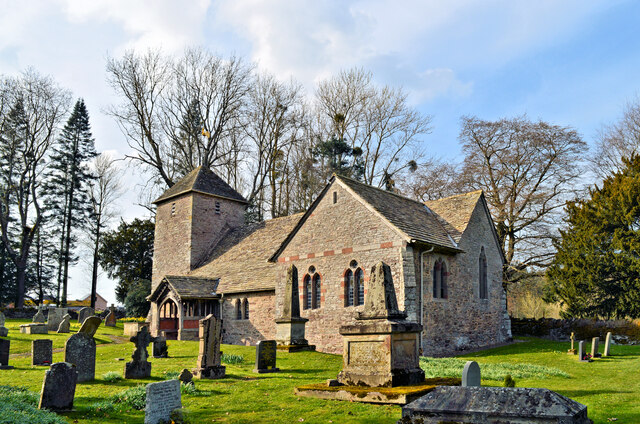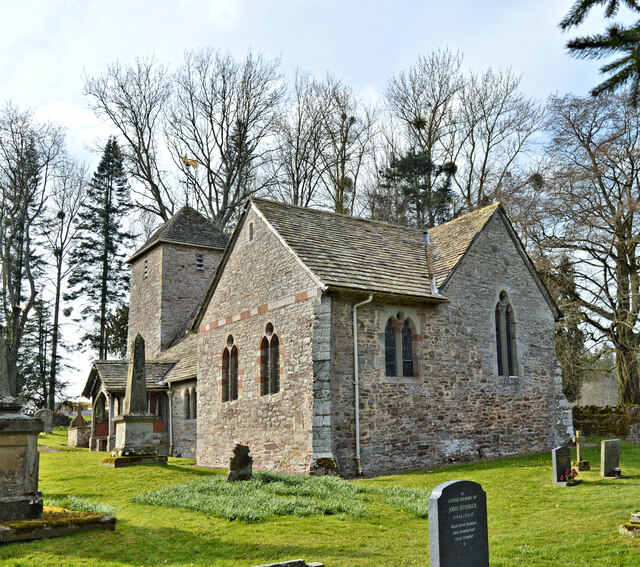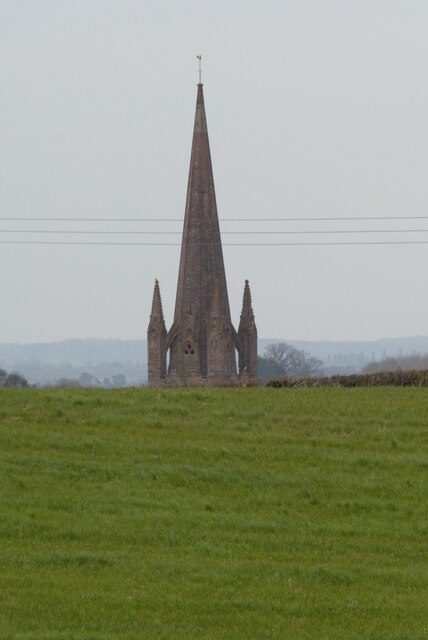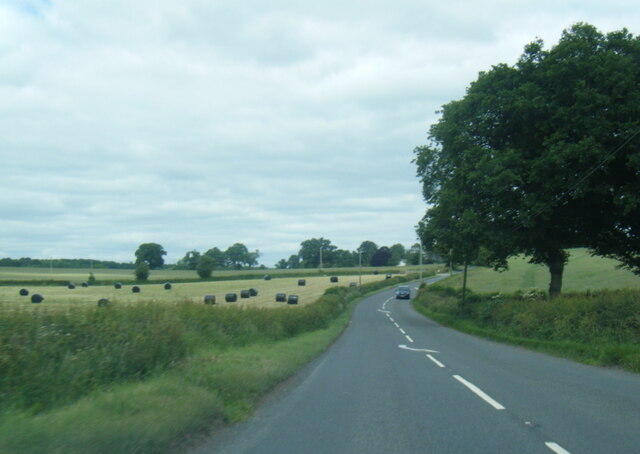Whiterails Wood
Wood, Forest in Herefordshire
England
Whiterails Wood
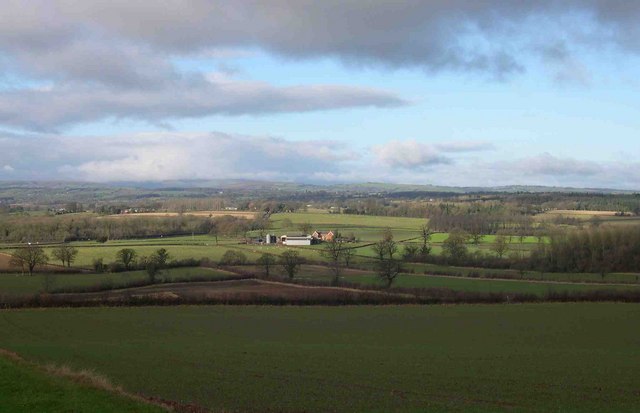
Whiterails Wood is a beautiful woodland located in Herefordshire, a county in the West Midlands region of England. This well-preserved forest covers an area of approximately 500 acres and is known for its diverse range of flora and fauna.
The wood is primarily composed of deciduous trees, such as oak, beech, and birch, which create a picturesque landscape throughout the year. In spring, the forest floor is adorned with bluebells and other wildflowers, creating a vibrant and colorful display. During autumn, the leaves of the trees turn various shades of red, orange, and yellow, offering a stunning spectacle.
Whiterails Wood is home to a variety of wildlife, including deer, foxes, badgers, and a wide range of bird species. Birdwatchers often visit the wood to catch a glimpse of rare birds such as woodpeckers, owls, and warblers. Additionally, the wood is a haven for butterflies and insects, making it a popular spot for nature enthusiasts.
The woodland offers several walking trails and hiking routes that allow visitors to explore its natural beauty. These paths wind through the trees, providing opportunities for peaceful walks and picnics amidst nature. The wood is also equipped with picnic areas and benches, ensuring visitors have a comfortable and enjoyable experience.
Whiterails Wood is a true gem in Herefordshire, attracting nature lovers and outdoor enthusiasts from near and far. Its serene atmosphere, diverse wildlife, and stunning scenery make it a must-visit destination for anyone seeking a tranquil escape in the heart of the English countryside.
If you have any feedback on the listing, please let us know in the comments section below.
Whiterails Wood Images
Images are sourced within 2km of 52.158942/-2.9124881 or Grid Reference SO3751. Thanks to Geograph Open Source API. All images are credited.
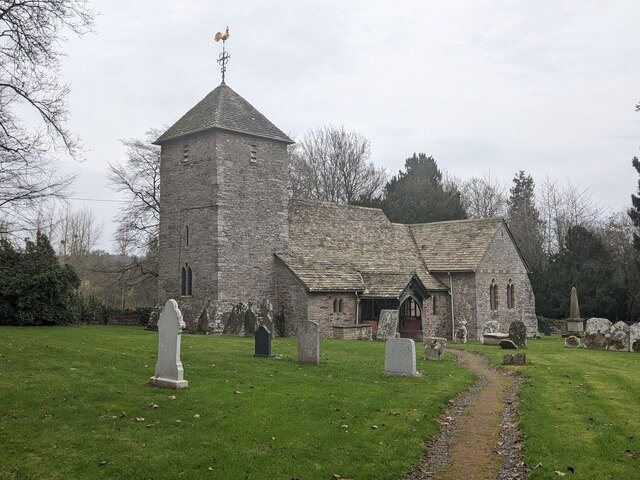
![Tomb of John Abel (Sarnesfield) Here is the table tomb of the "King's Carpenter" west of the south porch at St. Mary's parish church, and this is John Abel. He was born in Sarnesfield in 1578/79 and he lived in the village throughout his long life. He built many timber-framed structures in the Welsh Marches, his most notable work being Grange Court (built as the town hall) in Leominster. He passed away in January 1675 at ninety-five/six/seven years old, and was buried in the churchyard here on 31st January 1675. His epitaph reads;
"This craggy Stone covering is for an Architector's Bed
That lofty Buildings raised high, yet now lyes low His Head
His line and Rule, So Death concludes, are locked up in Store
Build they that [who] list, or they that wist, for He can Build no More
His House of Clay could Hold no Longer
May Heavens joy frame (build) Him a Stronger
Vive ut vivas in vitam aeternam".
Credit to Wikipedia for the transcription of the epitaph on this table tomb.](https://s0.geograph.org.uk/geophotos/07/05/06/7050696_ced02403.jpg)
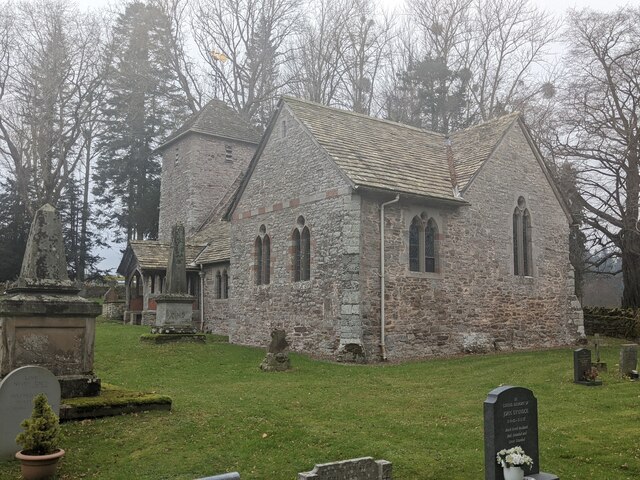
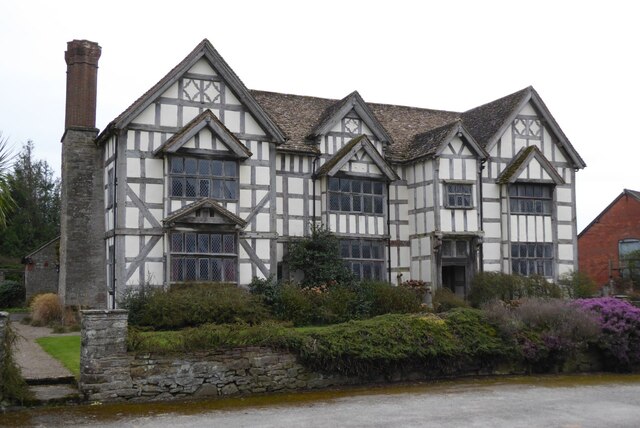
Whiterails Wood is located at Grid Ref: SO3751 (Lat: 52.158942, Lng: -2.9124881)
Unitary Authority: County of Herefordshire
Police Authority: West Mercia
What 3 Words
///bunks.trinkets.boarding. Near Weobley, Herefordshire
Nearby Locations
Related Wikis
Sarnesfield
Sarnesfield (National Grid ref. SO374508) is a civil parish and village in Herefordshire, eleven miles north-west of Hereford. == Descent of the manor... ==
Weobley
Weobley ( WEB-lee) is an ancient settlement and civil parish in Herefordshire, England. Formerly a market town, the market is long defunct and the settlement...
Weobley Castle, Herefordshire
Weobley Castle was a ringwork and bailey castle in the English county of Herefordshire (grid reference SO40365135). The castle belonged to the De Lacy...
Woonton
Woonton is a hamlet which forms part of the parish of Almeley in Herefordshire, England. It is on the A480 road and is near the town of Kington.
Have you been to Whiterails Wood?
Leave your review of Whiterails Wood below (or comments, questions and feedback).
